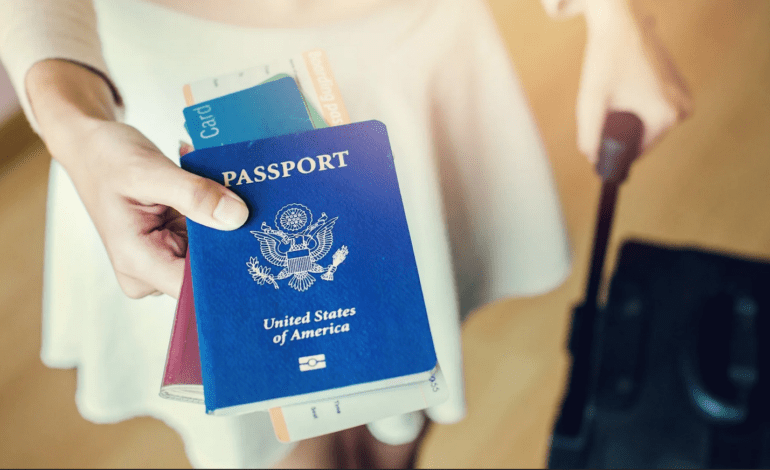U.S. passport holders have long traveled throughout most of the world without having to worry about visa applications. American travelers currently have visa-free access to 184 destinations worldwide, according to this year’s Henley Passport Index, which ranked the U.S. passport as the eighth most powerful in the world. But that’s set to change next year, as the European Union prepares new travel document requirements for American tourists.
The new regulations are called the European Travel Information and Authorization System (ETIAS). When the system launches in early 2024, it will require all visitors who currently travel to Europe visa-free, such as citizens from the U.S., Canada, Australia and New Zealand, to apply for travel authorization and receive approval prior to their departure.
ETIAS is not a visa in the traditional sense; it only requires a quick online application, with approval delivered via email. In order to receive authorization, visitors must fill out an online form providing details about their basic biographical information, travel plans and travel history, as well as other security questions.
Most applicants will be granted travel authorization within an hour, but if further checks are required, the process could take up to 96 hours. The application costs €7 (about $8) and is required for all travelers regardless of their age. Once approved, this authorization is valid for multiple entries over the course of three years, or until the traveler’s passport expires.
Although many Americans were apprehensive about waiting on another travel document when the program was first announced, as more details about the ETIAS become available, many travelers are expressing relief at the simplicity of the process.
“Honestly, the buzz around [ETIAS] on social media made me a little nervous, but after doing some research, that initial shock definitely subsided,” said Alexa Moore, a frequent traveler who visits Europe for both business and leisure at least two to three times per year. “It’s still easy for us to travel to Europe. It’s just one more step we have to think about before our trip.”
The authorization will be required for travel to all ETIAS member countries, which fall into one of four categories: Full Schengen members like Spain, France and Italy; European Free Trade Association (EFTA) countries like Iceland, Norway and Switzerland; future Schengen members such as Bulgaria and Cyprus; plus European micro states like Andorra and Monaco.
The move is designed to bolster security.
The goal of the ETIAS is to tighten border security, as well as digitally screen and track travelers entering and leaving EU countries. Its purpose and application process are similar to the Electronic System for Travel Authorization (ESTA) program for visitors headed to the U.S. — a fact that has also made many people more understanding of the new requirement.
“I’m bummed about it, but it does seem easy enough,” said Nicki Post, a travel blogger and YouTuber who has spent extensive time in Europe. “It’s only fair since the U.S. makes it more complicated for Europeans and people of other nationalities to enter the U.S.”
As Europe gets ready to roll out its new ETIAS program, it is important to note that the length of time that Americans can spend in Europe as tourists is not changing. U.S. passport holders are allowed to stay up to 90 days within a 180-day period. For any stay longer than 90 days, a special visa is required.
At the moment, the exact date when the new travel authorization will become a requirement is still unclear. Moore suspects there will be a bit of chaos when it does launch, but also that the ETIAS will ultimately not deter anyone from traveling to Europe.
“Initially, we may see more videos on social media and reports of people forgetting to apply for ETIAS, and possibly not being able to go, but that’s the norm any time we get a new travel requirement in place,” Moore said. “I also think pandemic travel has actually helped people be a little more prepared for the possibility of new systems and requirements being in place like having to submit test results, health information and other documents in preparation for entry even to a visa-free country.”






Leave a Reply